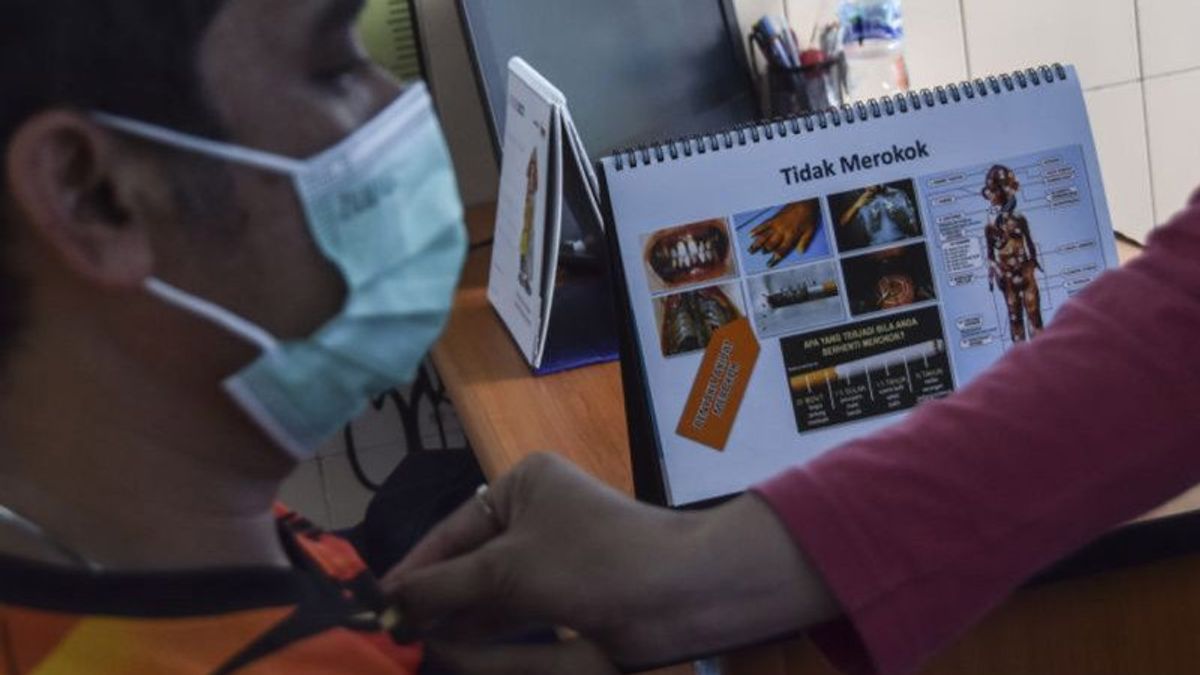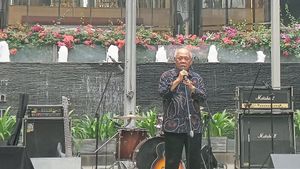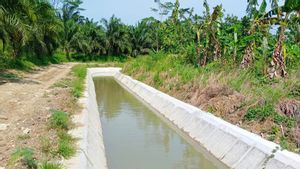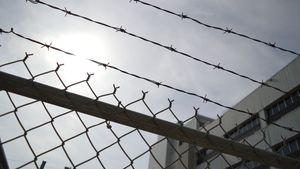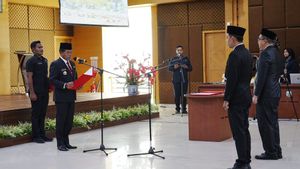Cigarette excise is under the mandate of Law No. 39 of 2007 concerning Amendments to Law No. 15 of 1995 concerning Excise, as a fiscal instrument for controlling product consumption that endangers the community, including tobacco products.
The law mandates the determination of cigarette excise tax to a maximum of up to 57 percent of retail prices. Currently, excise rates for machine kretek cigarettes (SKM) products have reached 51 percent of the retail selling price set, although excise duty for hand-kretek cigarettes (SKT) is still low, only around 10-30 percent.
The increase in tobacco excise tax has been carried out with the main aim of controlling cigarette consumption and as state revenue from excise. According to Roosita Meilani Dewi, Head of the CHED Study Center (Center of Human and Economic Development), ITB lecturer and researcher Ahmad Dahlan Jakarta, increasing cigarette prices through cigarette excise increases every year is an effective way to encourage smokers to stop and prevent children from smoking.
Quoted from ANTARA, the increase in tobacco excise rates is expected to boost the price of real cigarette market transactions in the community, so that children and communities with vulnerable (lower middle and poor) status cannot reach them.
The effectiveness of the cigarette excise increase instrument in consumption control can be seen by indicators of achieving the target of reducing the prevalence of child smokers in the RPJMN.
Currently, the prevalence of child smokers has decreased from 9.1 percent to 7.4 percent of the total number of smokers in Indonesia, during the leadership of President Joko Widodo (Jokowi). From here, it can be seen that the decline in the prevalence of child smokers reached 1.7 percent for 10 years which can mean an average decrease in the prevalence of child smokers per year by 0.17 percent.
This means that the increase in excise on tobacco products per year has not significantly driven the decline in the prevalence of child smokers. In fact, the decline in the prevalence of child smokers by 1 percent per year has not been achieved.
Data from the 2023 Indonesian Health Survey (SKI) shows that the prevalence of smokers in the population aged 10 -18 years is 7.4 percent of the country's total 70 million smokers. About 4.6 percent of them smoke every day and 2.8 percent sometimes.
Still in this age group, the prevalence of smokers, according to the characteristics of economic status, shows a large pattern such as pyramid, which is the largest number in the lowest economic status, followed by lower, middle, upper and upper middle.
From the survey, it can be seen that children from the lowest economic group households occupy the largest portion in terms of the prevalence of smokers. Most of their parents work as fishermen, farmers, farm laborers, workers, drivers, household assistants.
This condition illustrates that the level of affordability of cigarette prices (affordability index) is still low because the price can still be reached by children, even though cigarettes are a commodity that should not be easily accessible to teenagers and children.
The stipulation of an increase in excise on tobacco products and the selling price of cigarette retail to encourage the increase in cigarette prices in the market so that it cannot be reached by children, adolescents, and vulnerable communities to become very important in achieving Indonesia's medium and long-term development.
The role of the increase in excise on tobacco products and retail selling prices in maintaining human resource assets for the younger generation and vulnerable/poor communities has high urgency. It can be said that the policy of increasing excise on tobacco products and cigarette prices will save the lower middle class class who can be prone to lower class (poor).
The emphasis on increasing excise on tobacco products and retail selling prices to save the younger generation and vulnerable communities needs to be in the spotlight of the next government. The hope of achieving the 2045 demographic bonus and achieving the prevalence of 0 percent child smokers in Indonesia can be a big necessity through the intervention of fiscal policy to increase tobacco excise in a consistent manner.
The World Bank said that Indonesia consists of five social classes, namely the poor, vulnerable, to the middle class, middle class, and high class.
The poor are those who earn below Rp354 thousand per person per month. People who are vulnerable to having an income of between Rp354 thousand to Rp532 thousand. This group is above the poverty line, but still has a risk of falling poor.
The group that is included in the "to the middle class" is said to be vulnerable to income between IDR 354 thousand to IDR 532 thousand. This group of people is above the poverty line, but still has the risk of falling poor. This class of people has the largest population in Indonesia.
SEE ALSO:
Based on the World Bank report, 115 million people or almost half of Indonesia's total population are classified as this class. Middle-class community income is above the average, around Rp. 1.2 million to Rp. 6 million per month per person.
Among all the classes of society above, classes with the category of economic status towards the middle and middle class have an important role for Indonesia. These two classes are called the World Bank to become the economic buildup of Indonesia because of its large population.
In the long term, the fiscal policy of increasing excise on tobacco products to encourage the selling price of cigarettes is that it can indirectly maintain the lower middle class. Indonesia's success in tackling extreme poverty requires inter-policy integration which can be a buffer and does not undermine the income of the lower middle class, so that it does not fall into lower classes or fall into poverty.
The English, Chinese, Japanese, Arabic, and French versions are automatically generated by the AI. So there may still be inaccuracies in translating, please always see Indonesian as our main language. (system supported by DigitalSiber.id)
